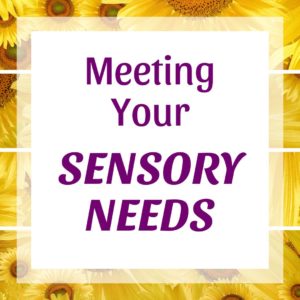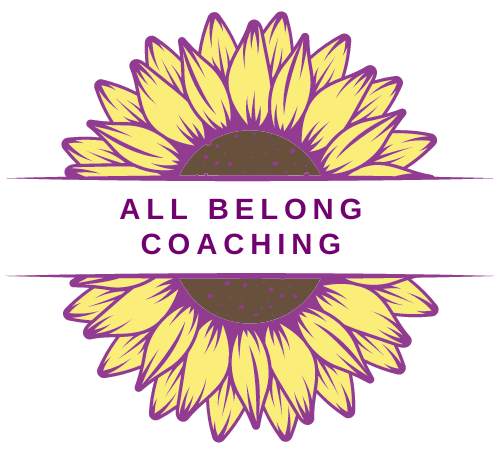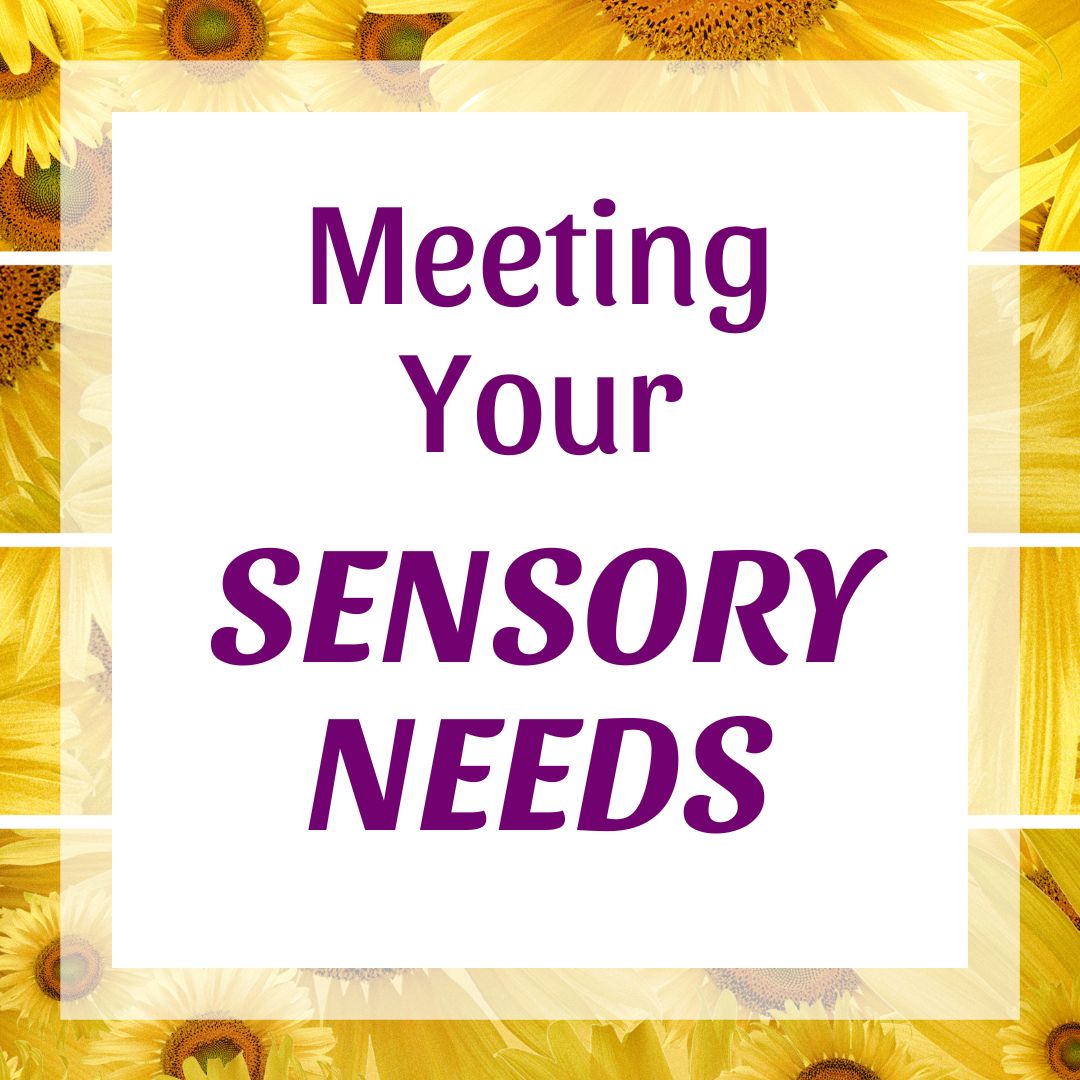Meeting Your Sensory Needs
Do you put any time into meeting your sensory needs? Have you ever found yourself distracted from work because the sound of water dripping or a clock ticking is driving you up a wall? Have you ever realized you were reading a book or watching tv while sitting in a strange position?
Is your child constantly climbing, stomping, bouncing, or otherwise “causing a ruckus?” Have they ever insisted on having every tag cut off the back of their shirts?
These are all symptoms of sensory sensitivities. Many people with ADHD, Autism, or other neurodivergent brains struggle with some type of sensory issue. Some people may have an under-responsive system, while other people may have a sensory system that is overly responsive and sensitive to one or more senses.


The Eight Senses
Most of us grow up learning that we have 5 senses. But in reality, we have at least 8 senses.
- Sight – The visual system is our eyes and helps us to recognize shapes, sizes, colors, movements, and light.
- Touch – The tactile system is our sense of touch. It helps us recognize pressure, textures, and pain.
- Auditory – This is our system that includes the ears and the system helps us to perceive and interpret sounds. We can differentiate between pitches and tones.
- Taste – out taste buds help us recognize sweet, sour, bitter, and salty.
- Olfactory System – Our sense of smell helps us recognize scents and smells
- Vestibular – This is in the inner ear, and this sense helps us to keep our balance and maintain our posture. It assists us with coordination.
- Proprioception – This is our sense of body awareness. This is how our brain interprets our body position, how it moves, and how our body parts work together to get a task done.
- Interoception – This system is about our internal organs and their needs. This sense helps us recognize things like hunger, pain, how hot or cold we are, etc. It also helps us sense our emotional needs.
Four Types Of Sensory Struggles
- Low Registration – This is the child or adult who does not recognize some or all of the incoming sensory information. It may seem as if they are uninterested in what is going on in the environment directly around them.
- Sensory Seeking – This is the child or adult who doesn’t always see or feel the senses that are going on around them, but unlike low registration, they actively seek additional sensory information. This person might be considered hyperactive, risky, or have a need to touch things or people more than their neurotypical peers.
- Sensory Sensitive – This is the child or adult who gets overwhelmed by certain sensory inputs. They might be irritable, uncomfortable, anxious, or shut down. They may be bothered by things like sounds, lights, or textures.
- Sensory Avoiding – This is the child or adult who feels overwhelmed regularly by some or many sensory inputs. This person may hide their ears, run away from certain noises, refuse to wear or eat things of certain textures.


How Might Sensory Struggles Show Up
There are many ways that struggles with sensory input may be an issue for a person. Here are a few ways.
- Texture – This could be in taste or touch. Certain fabrics, foods, or other types of textures like lotions or bandages may overwhelm people with ADHD. This can show up as “picky eaters” or refusal to wear certain fabrics or even things with the tag on them.
- Touch – In addition to texture, this could show up as being sensitive to how something fits your body, it could show up in an aversion to being touched or hugged. It can also show up as finger tapping, chronic fidgeting or leg swinging.
- Taste – Some tastes or flavors may overwhelm someone with sensory struggles, however most taste issues have been attributed to texture as opposed to flavor.
- Sound – This may present as a sensitivity to loud noises such as a smoke detector or school bell OR it may present as sensitivity to soft or certain pitched noises. (I am sensitive to the sound of water dripping) It also may present as making or listening to loud noises or music.
- Smell – This may present as someone who is particularly sensitive to smells – good or bad.
- Visual – This can show up in many ways. This may be sensitivity to loud or bright colors. It can be sensitivity to bright lights or florescent lights. It can be busy patterns or motion bothering someone.
- Vestibular – This usually presents as the person needing to be in atypical positions and/or moving their bodies. It can present as not being comfortable with certain movements like riding an elevator.
- Proprioceptive Input – This may show up as clumsiness, not being aware of our own bodies. It may also show up as a constant need to bang into things, crash around, jump on things, etc.
- Interoceptive – This may show up as constant hunger or thirst. It may show up as not recognizing hunger or thirst.
Next Time…
In this entry we talked about the different types of senses, sensory needs, and how that might look from person to person. Next month I will bring you a blog that includes how to create a sensory profile for yourself or your kids as well as tips for HOW to address those needs proactively. I will also touch on how to handle sensory meltdowns – your own or your kids.
Until next week, friends. I hope that you have an amazing weekend!


If you’d like to explore creating your sensory diet, or your child’s, please consider booking a free, no obligation discovery call with me today. I’d love to talk with you about how we can partner together.



1 comment